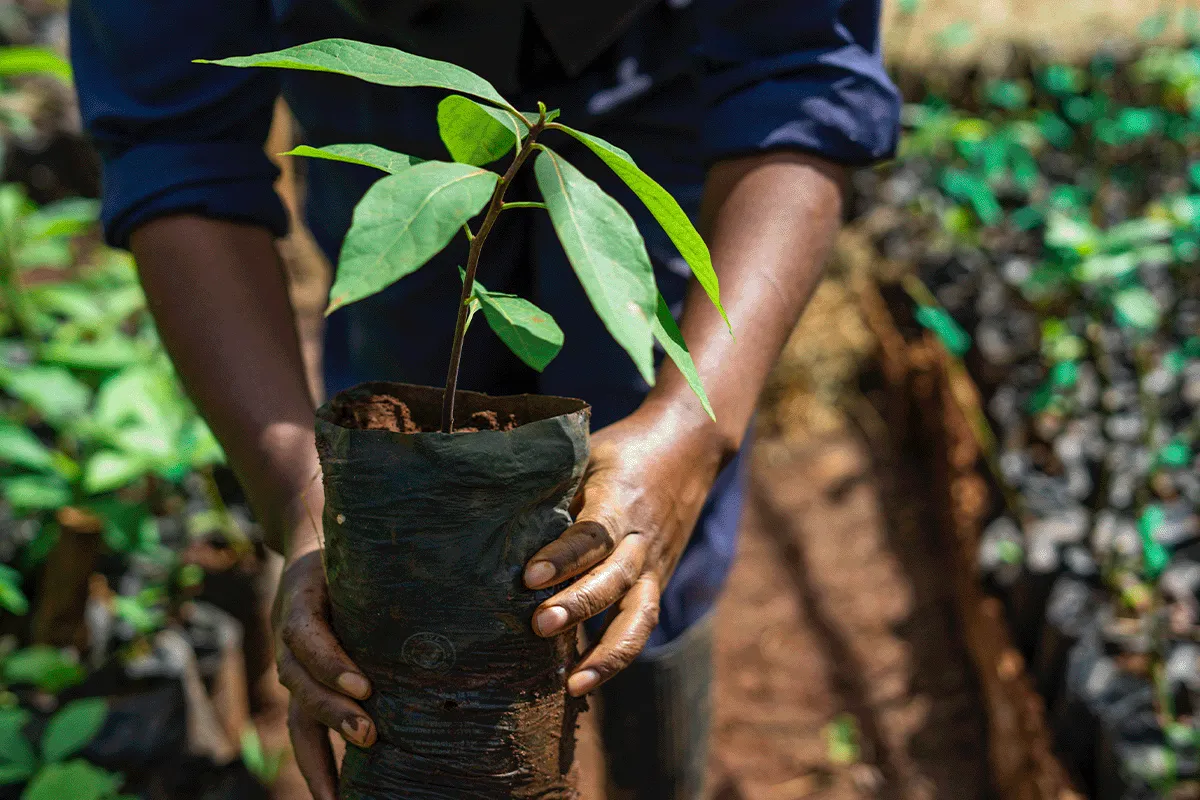This week’s focus is on Carbon Credits, we will be delving into the world of carbon credits, exploring their role in reducing greenhouse gas emissions and promoting sustainable development.
We will provide you with valuable insights, news, and updates on:
- The basics of carbon credits and how they work
- The benefits and challenges of carbon credit markets.
- Real-world examples of carbon credit projects around the world and their impact
- A step by step guide to developing Carbon Credit projects
- The role of carbon credits in achieving climate change goals
Carbon credits are generated by projects that have avoided or removed greenhouse gas emissions. Each credit represents one fewer ton of carbon dioxide, or another greenhouse gas equivalent, (CO2e) in the atmosphere. The projects rely on the sale of carbon credits in order to operate, and are independently audited to verify the tons of carbon emissions avoided or reduced.
Types of Carbon Credits:
- Verified Emission Reductions (VERs): Credits verified by independent third-party auditors to ensure they meet specific standards.
- Certified Emission Reductions (CERs): Credits issued by the United Nations Framework Convention on Climate Change (UNFCCC) for projects that reduce GHG emissions.
- European Union Allowances (EUAs): Credits traded on the European Union’s Emissions Trading System (EU ETS).
How Carbon Credits Work:
- Project development: Organizations develop projects that reduce GHG emissions, such as renewable energy installations or reforestation efforts.
- Emission reductions: The project generates emission reductions, which are verified and certified.
- Credit issuance: Carbon credits are issued based on the verified emission reductions.
- Trading: Carbon credits are traded on markets, allowing companies to buy and sell credits to meet their emission reduction targets.
Carbon markets are platforms where carbon credits are traded, allowing companies and governments to buy and sell credits to meet their greenhouse gas (GHG) emission reduction targets. There are 2 types of Carbon Markets:
- Compliance markets: Regulated markets where companies buy and sell credits to comply with emission reduction regulations.
- Voluntary markets: Unregulated markets where companies buy and sell credits voluntarily to offset their emissions.
Benefits of Carbon Credits:
- Emission reductions: Carbon credits incentivize projects that reduce GHG emissions, contributing to climate change mitigation.
- Flexibility: Carbon credits provide companies with flexibility in meeting their emission reduction targets.
- Cost-effective: Carbon credits can be a cost-effective way for companies to comply with emission regulations.
- Sustainable development: Carbon credits can support sustainable development projects, promoting economic growth and social benefits.
Challenges and Limitations:
- Integrity: Ensuring the integrity of carbon credits, avoiding double counting and ensuring additionality.
- Standardization: Standardizing carbon credit methodologies and verification processes.
- Scalability: Scaling up carbon credit markets to meet growing demand.
- Regulatory frameworks: Developing and harmonizing regulatory frameworks to support carbon credit markets.
Real-life examples of carbon credits:
1. The Clean Development Mechanism (CDM) Project in India
- Project: A wind farm project in the state of Tamil Nadu, India.
- Emission reductions: 440,000 tons of CO2 equivalent per year.
- Carbon credits: 440,000 Certified Emission Reductions (CERs) per year.
2. The Verified Carbon Standard (VCS) Project in Kenya
- Project: A reforestation project in the Aberdare Forest, Kenya.
- Emission reductions: 100,000 tons of CO2 equivalent per year.
- Carbon credits: 100,000 Verified Carbon Units (VCUs) per year.
3. The Gold Standard Project in Rwanda
- Project: A biogas project that provides clean energy to rural households in Rwanda.
- Emission reductions: 50,000 tons of CO2 equivalent per year.
- Carbon credits: 50,000 Gold Standard credits per year.
4. The European Union’s Emissions Trading System (EU ETS) Project in Germany
- Project: A wind farm project in the state of Schleswig-Holstein, Germany.
- Emission reductions: 200,000 tons of CO2 equivalent per year.
- Carbon credits: 200,000 European Union Allowances (EUAs) per year.
5. The Carbon Credit Project in Zimbabwe
- Project: A reforestation project in the Eastern Highlands of Zimbabwe.
- Emission reductions: 20,000 tons of CO2 equivalent per year.
- Carbon credits: 20,000 Verified Carbon Units (VCUs) per year.
These examples demonstrate how carbon credits can be generated from various projects around the world, promoting sustainable development and reducing greenhouse gas emissions.
In conclusion, carbon credits are a vital tool in the fight against climate change, providing a flexible and cost-effective way for companies to reduce their greenhouse gas emissions. With various types of carbon credits available, including Verified Emission Reductions (VERs), Certified Emission Reductions (CERs), and European Union Allowances (EUAs), organizations can choose the credits that best suit their needs.
